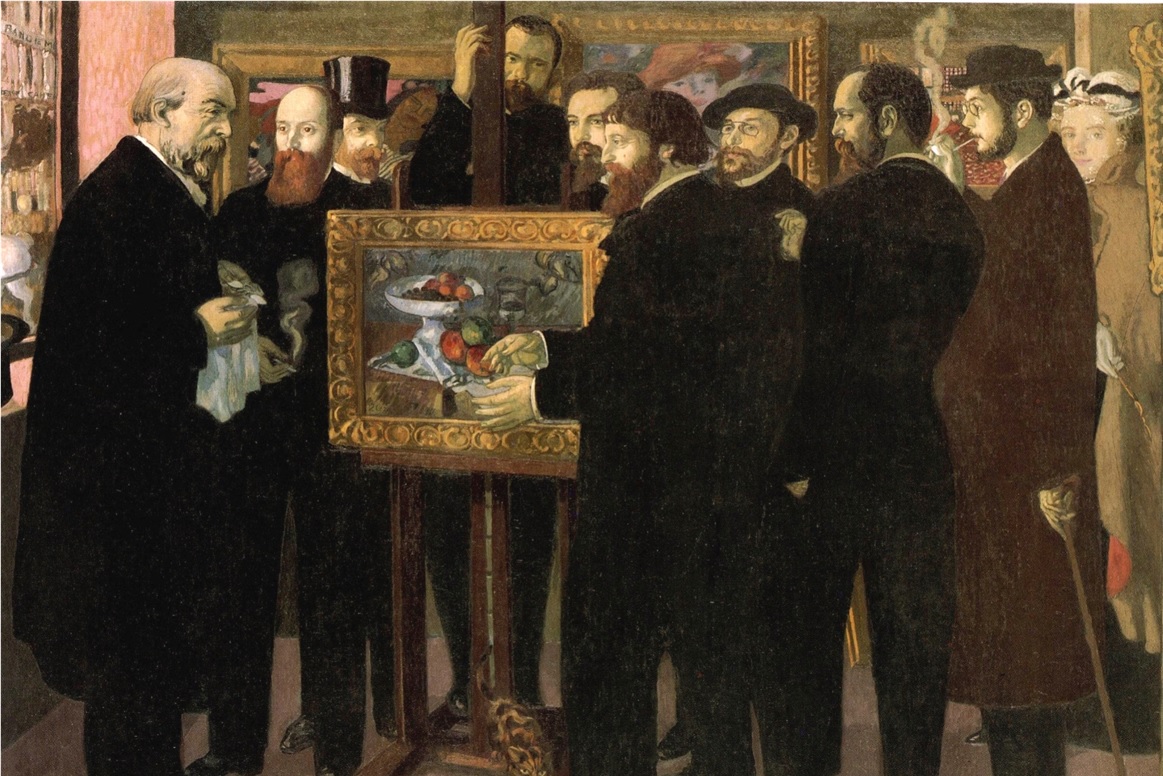The Impressionist held their last exhibition in Paris in 1886. Today, more than a century later, London’s National Gallery is holding an exhibition charting what happened in the following three decades after Impressionism, as new generations of painters and sculptors brought every tradition of image-making into question. The exhibition After Impressionism: Inventing Modern Art is showcasing some of the most important works of art created between 1886 and 1914 and will be running until 13th August 2023. Although being open for only a couple of weeks, it has already received multiple fascinated reviews and thousands of visitors. This one is not to be missed and, although the story of the Eurocentric birth of modernism is the most written-about period of art history ever, we will allow ourselves to pinpoint the most important and unexpected (culturally and visually) pieces presented at National Gallery today, as well as giving you sneaky peak into the exhibition in preparation for you to be swept away by the real thing during your next visit.
The Impressionist held their last exhibition in Paris in 1886. Today, more than a century later, London’s National Gallery is holding an exhibition charting what happened in the following three decades after Impressionism, as new generations of painters and sculptors brought every tradition of image-making into question. The exhibition After Impressionism: Inventing Modern Art is showcasing some of the most important works of art created between 1886 and 1914 and will be running until 13th August 2023. Although being open for only a couple of weeks, it has already received multiple fascinated reviews and thousands of visitors. This one is not to be missed and, although the story of the Eurocentric birth of modernism is the most written-about period of art history ever, we will allow ourselves to pinpoint the most important and unexpected (culturally and visually) pieces presented at National Gallery today, as well as giving you sneaky peak into the exhibition in preparation for you to be swept away by the real thing during your next visit.
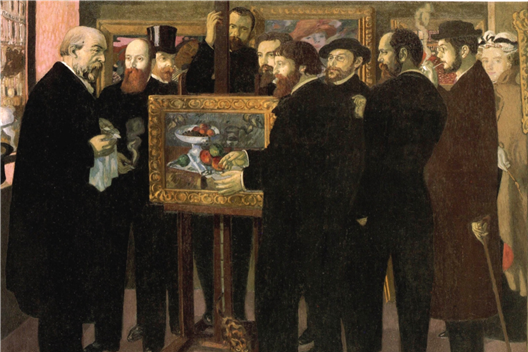
Paul Cézanne, Vincent Van Gogh and Paul Gauguin played a central role in forging avant-garde art in Europe at the turn of the 20th century. Although all three worked in relative isolation in their later careers – Cézanne and Van Gogh in Provence, Gauguin in Polynesia – their highly individual approach to art and the international exposure their work received led to them becoming touchstones of all that was considered “modern” in painting and sculpture. The exhibition begins with exploration of the earlier pieces produced by the painters with an incredibly-positioned Easteregg in the form of Maurice Denis’s Homage to Cézanne, demonstrating Cézanne’s influence on a new generation of painters by depicting one of Cézanne’s stills, similar to Sugar Bowl, Pearls and Tablecloth (which is also presented in the exhibition), surrounded by a group of artists, the Nabis. The image is set in Ambroise Vollard’s Paris gallery. On the walls of the gallery hang paintings by Paul Gauguin and Auguste Renoir.
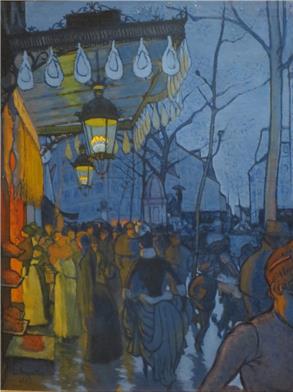
As the exhibition continues with the later 1880s, when widely divergent stylistic paths were becoming more prominent among radically mixed artists, the pictures become more vibrant in colour, shape and the intensity of scenery. This part of the exhibition is rich with paintings of Louis Anquetin whose painting style used flat regions of colour and thick, black contour outlines. This style, named “cloisonnism” by critic Édouard Dujardin, was inspired by both stained glass and Japanese ukiyo-e. Anquetin’s Avenue de Clichy (Street – Five O’clock In the Evening) is a perfect example of how the painter simplifies Japanese prints, while using heavy outlines and luminous blues to evoke the atmosphere and mood of a busy Parisian street on a wet evening. The picture was first exhibited in Brussels in 1888, where it was hailed as an example of “cloisonnism”.
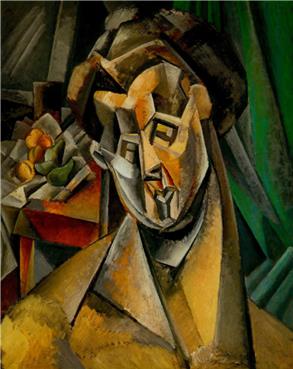
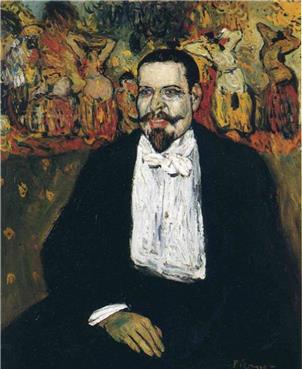
A profound focus on Picasso’s work continues throughout the exhibition, and although Londoners had multiple opportunities to visit shows of collections of Picasso’s work during the past few years on several exhibitions in a variety of London art galleries, After Impressionism: Inventing Modern Art gives a unique perceptive on development of the painter’s artistic style under the influence and while influencing his creative contemporaries. Paintings presented include Picasso’s earlier work produced in the Catalan city of Barcelona, where the artistic scene was vibrant and supported by venues like Els Quatre Gats (The Four Cats) that provided places to meet, exchange ideas and display work. The portrait of Gustave Coquiot, an art critic and writer, who wrote the preface to the catalogue of Picasso’s first Paris exhibition, could be considered his most accomplished work from that time. Filled with vibrant colours, sharp angles and a depiction of a decorative wall painting with bare-breaded belly-dancers to indicate Coquiot’s status as a supporter of the alternative world of the avant-garde. At the end of the exhibition, which focuses on the late 1900s, and showcases first examples of Cubism and Fauvism, Picasso’s Woman with Pears represents a dramatic stylist change, which occurred during 8 years between the producing the two pictures.
Tickets are available the National Gallery website.

